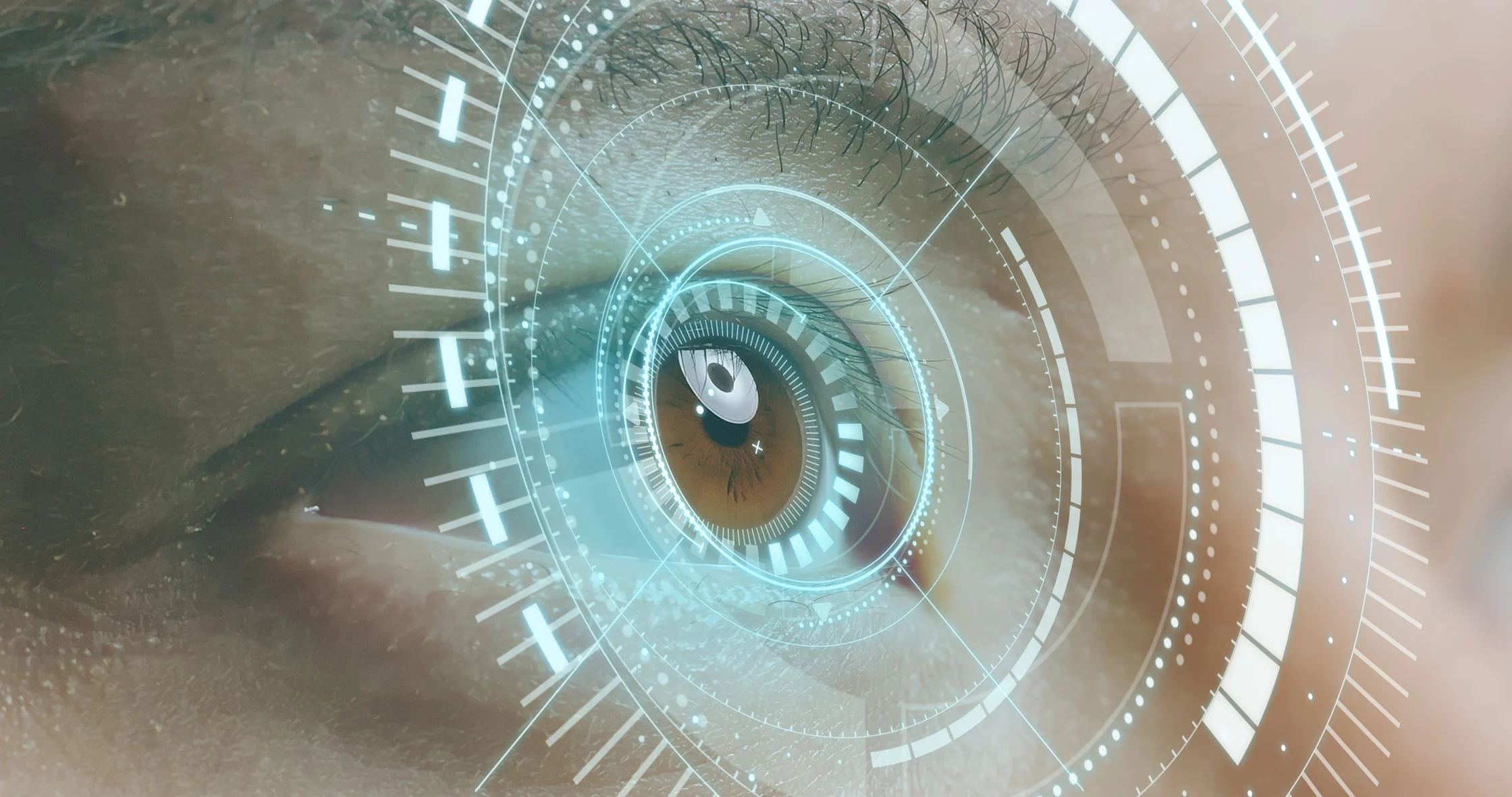By Victoria Bela
A team of Chinese scientists has used semiconductor “quantum dots” to develop a vision sensor that adapts to extreme light changes faster than the human eye.
The bionic visual sensor can adapt to extreme changes between dark and light in about 40 seconds, compared to two to 30 minutes for human eyes.
Its ability to adjust sensitivity for better object recognition and imaging means the sensor could be used to make next-generation technology, such as more brain-like computing systems.
“The sensor with visual adaptive function proposed in this work has great potential for future applications in artificial intelligence sensing fields such as autonomous driving and bionic robotics,” the team said in a paper published in the American Institute of Physics’ peer-reviewed journal Applied Physics Letters on July 1.
The novel vision system is also able to overcome issues with current systems to provide faster computation with less energy use, the research team from Fuzhou University said.
The human visual system – the retina, optic nerve, and the brain’s visual cortex – can adapt to extreme changes in light and memorise these settings to adapt faster the next time it encounters similar conditions.
One element of human vision is the bleaching of the light-sensitive protein rhodopsin during bright light exposure, which reduces the sensitivity of rod cells, the photoreceptors mostly responsible for lowlight vision.
This allows the bright light-sensitive cone cells to take over instead. Rhodopsin is then regenerated during dark conditions, which allows the rod cells to regain their sensitivity.
Traditional machine vision systems, which allow digital systems to “see”, face several issues, including the generation of redundant data that slows down processing and high power consumption.
These traditional systems also have difficulty obtaining clear, high-contrast images in very dark or bright conditions, the team said.
Inspired by the way the human retina senses and adapts to light stimuli, the researchers developed a sensor with similar adaptive behaviour.
The key to their sensor was the use of quantum dots, or tiny semiconductor nanocrystals that can efficiently convert light to electrical signals and adjust to extreme light changes.
“Our innovation lies in engineering quantum dots to intentionally trap charges like water in a sponge then release them when needed – similar to how eyes store light-sensitive pigments for dark conditions,” study author Ye Yun, a researcher at Fuzhou University, said in an American Institute of Physics news release.
The sensor was constructed by embedding lead sulphide quantum dots in layers of polymer and zinc oxide.
To evaluate their sensor, the team created a vision system consisting of an array of sensors along with a three-layer artificial neural network.
They found that after light adaptation, the image recognition accuracy of the resulting device was improved by 60 per cent following dark adaptation and by 42 per cent following light adaptation.
“The device exhibits an obvious visual adaptive behaviour under a wide range of light intensity changes, achieving a unique desensitisation similar to the self-protective behaviour of the human visual system,” the researchers said.
“Thus, the adaptive visual sensor provides a method to enhance the reliability of machine vision under extreme lighting conditions.”
According to Ye, the device preprocesses light information to reduce the computational burden, similar to how the human retina functions.
The team said the vision device could be used to develop next-generation bionic vision devices, which have “great potential” for use in fields like smart driving and more humanlike computing systems.
